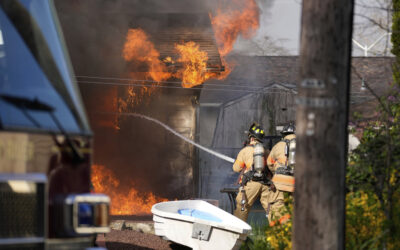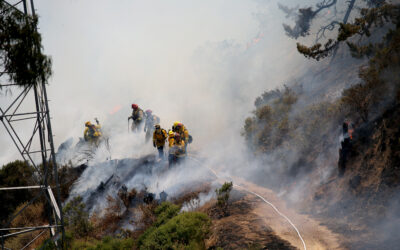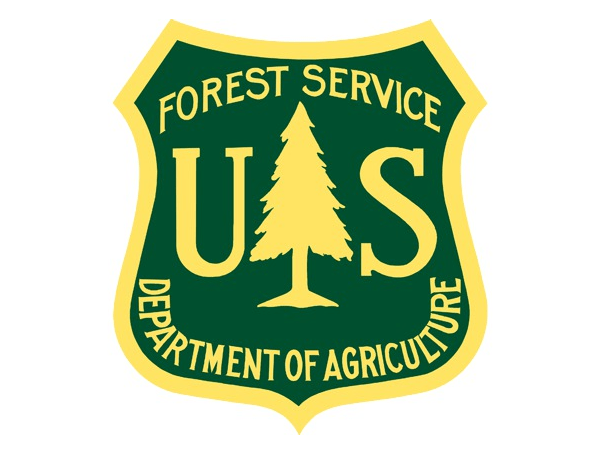I have mixed emotions right now for our federal wildland firefighters. The good news is the continuing resolution passed by Congress on March 14, 2025 gives a permanent pay raise to federal wildland firefighters. It’s not quite as much as you were all getting under the pay boost from the 2021 Infrastructure bill, but it does give you additional premium pay while assigned to an incident. It also applies to all federal employees who are not primarily firefighters but who are assigned to incidents. This is a major win that the Grassroots Wildland Firefighters group and the National Federation of Federal Employees have been working on for several years.
But at the same time, I have deep reservations about “the rest of the story.” What’s happening to all the other federal employees working on incident management teams who aren’t firefighters? Their jobs aren’t safe at all and by June and July, we’ll have a lot fewer federal employees. You may or may not know that all those folks working at the basecamp and ICP come from all sorts of jobs in the federal land management agencies. On my old team we had a fish biologist who was a logistics section chief. My partner Ops Chief was in timber. The food unit leader was a natural resource specialist. All of the finance section folks came from non-fire positions in the federal agencies. What about the GIS specialists and meteorologists in the planning section. None of them were firefighters either.
We’ve lost and will lose many more federal employees due to the recent firings, the upcoming buyouts, and the eventual reductions in force (RIFs) coming to the federal agencies. Of course, in many regions the fire departments and state agencies comprise the largest percentage of IMT participants now. But the feds still make up a considerable proportion of team membership. As the weather warms and teams’ status themselves for availability, I suspect some of those teams may become unavailable. We are likely to see the continual reduction of IMTs through consolidation as we have had over the last 15 years. There will be fewer and fewer teams available exactly because there are fewer employees to draw from.
To be clear, the U.S. Forest Service, the largest of the federal land management agencies, was experiencing a major fiscal shortfall. There were going to be some reductions in the workforce regardless of the change in administration in DC. But combining the apparent mismanagement of the USFS budget and finances along with the DOGE chainsaw, the results could be catastrophic to the agency, all their cooperators and ultimately the public. The current and upcoming reductions in the workforce will be many times greater than what was anticipated due to financial mismanagement.
Remember, no agency is an island when it comes to wildland fire response. In this day and age, when arriving at an incident base, we see white, yellow, green and red engines and trucks. No one agency is able to deal with the challenges of our growing wildland fire problem on their own. Cal Fire is the closest to being independent, but yes even Cal Fire depends on fed resources.
Over the last few weeks, I’ve been interviewed by numerous news outlets about the issues facing the federal wildland fire workforce. As I mentioned to the interviewers, if I was the fire chief of a fire department adjacent to federal jurisdiction, I’d be searching for a way to hire additional firefighters to augment my own fulltime workforce. It’s very likely that the feds will be shorthanded and hamstrung this year.
What about fuels management, prescribed burning, and timber harvesting? How is that critical work going to get done? We all know that we need more thinning, fuels treatment and prescribed burning. That’s a no-brainer. But on top of the shrinking fire organization, the work that congress likes to call “fire prevention,” is going to be impeded due to the same reduced workforce. Those biologists, silviculturists and other specialists that make the “prevention” work possible have been or are being sent down the road.
Less thinning, less Rx burning, fewer fuels treatments means greater negative impacts on our wildlands and communities. It’s a cause and effect. If you haven’t read a previous article I wrote for the Wildland Firefighter publication titled, “It’s Complicated”, scroll back and take a look. Our growing fire crises is only getting worse. There are many answers to the problem, but having a smaller workforce to respond and deal with our nation’s fire crises isn’t one of them.
If you’re reading this article, you’re either a firefighter, know someone who is or has an interest in the work. Be aware that the new pay scale for federal firefighters is a good and an important upgrade for the workforce. Four months ago, I would have said it was going to help combat our recruitment and retention problems for the federal wildland fire agencies. I don’t feel nearly as confident as I once did. There are too many detriments to being a federal wildland firefighter right now. Be aware that our current system that our firefighters are working within may be crumbling around it. I’ll write more about that in an upcoming article, specifically a bill introduced in the senate intending to combine all the federal wildland agencies into one organization. That should be fun. Stay tuned and remember; you have the ability to influence those who work with you, for you, and, to a degree, your supervisors. Let’s concentrate on that for now and keep your mind on you and your crew’s safety.
Now Available
Both Sides of the Fire Line is Bobbie Scopa’s uplifting memoir of bravely facing the heat of fierce challenges, professionally and personally. It’s available now.
Order from Amazon Order from Barnes & NobleReader Feedback
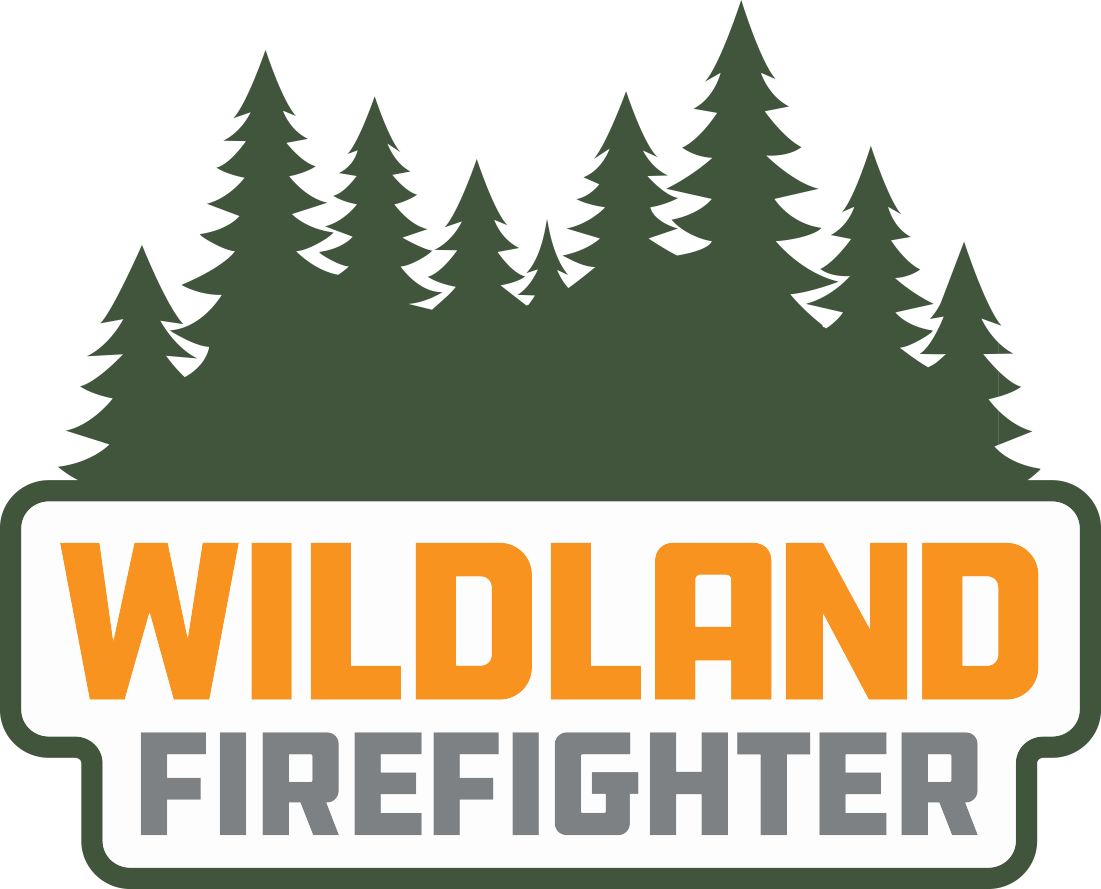
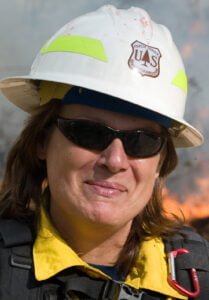 Bobbie Scopa started her career as a seasonal firefighter in 1974. After graduating from Arizona State University, she went on to work in fire and natural resource management. Eventually she left the wildand agencies to work full time for a structure fire department. She finished her Masters in Forestry at NC State then went back to the US Forest Service and BLM eventually becoming the Assistant Regional Fire Director in Region 6. Bobbie has spent many years working as a type 1 and 2 Operations Section Chief. You can listen to Bobbie tell audio stories from her long career at BobbieOnFire.com. She has also recently completed her memoir titled “Both Sides Of The Fire Line”. It will be available through Chicago Review Press late summer of 2022.
Bobbie Scopa started her career as a seasonal firefighter in 1974. After graduating from Arizona State University, she went on to work in fire and natural resource management. Eventually she left the wildand agencies to work full time for a structure fire department. She finished her Masters in Forestry at NC State then went back to the US Forest Service and BLM eventually becoming the Assistant Regional Fire Director in Region 6. Bobbie has spent many years working as a type 1 and 2 Operations Section Chief. You can listen to Bobbie tell audio stories from her long career at BobbieOnFire.com. She has also recently completed her memoir titled “Both Sides Of The Fire Line”. It will be available through Chicago Review Press late summer of 2022.